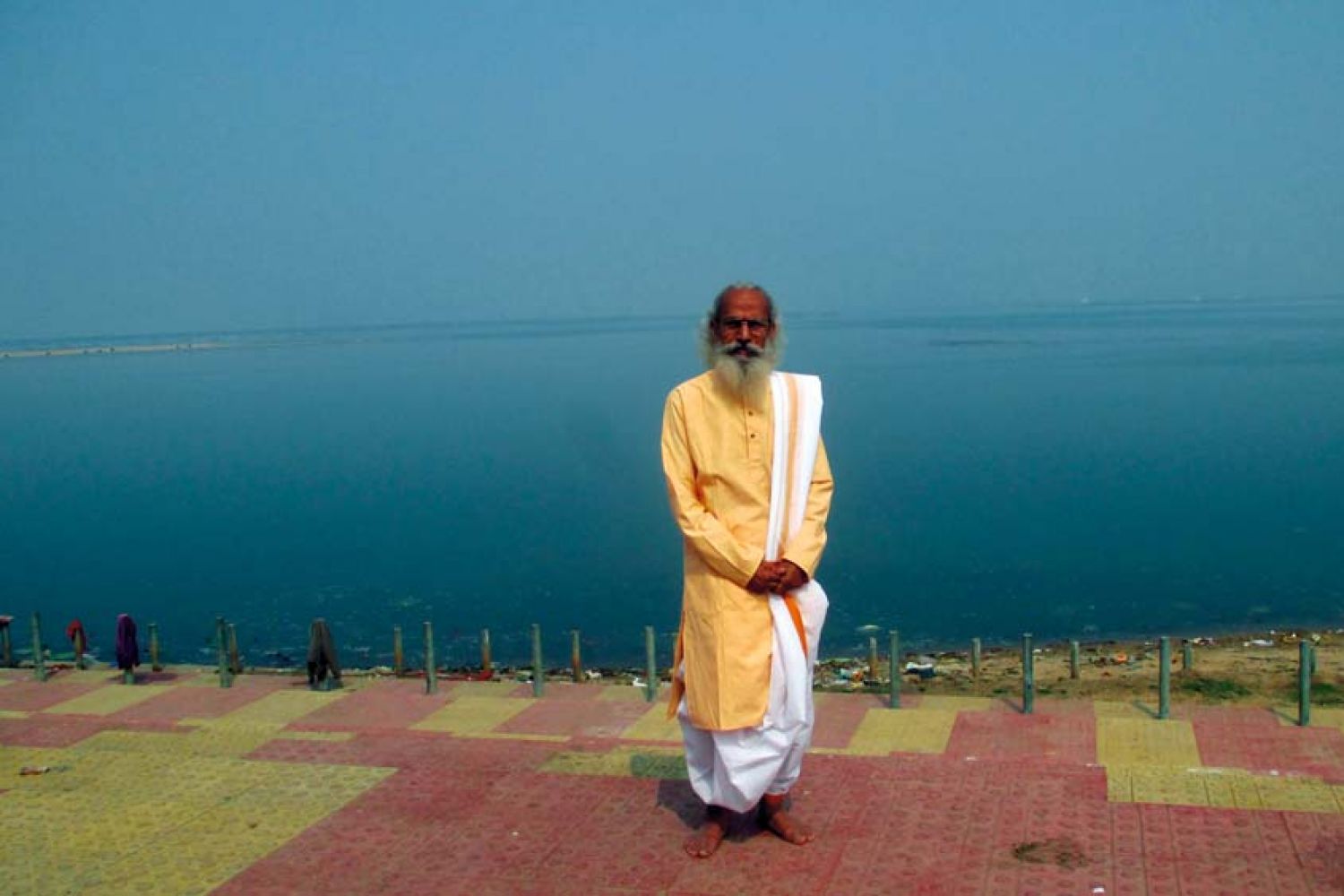
“The Vedic sages regarded the whole universe as a single living
organism, a vast and intricate and unceasingly changing and interacting system
of vital energy known as Prana, continually streaming forth from Brahman
(consciousness), but is also pervaded by it, the two being related to each
other like body and soul.”
—Prabuddha Bharata, (September 1983) a journal of the
Ramakrishna order, started by
Swami Vivekananda in 1896.
Dorbal Prabhakara Sharma looks at the





